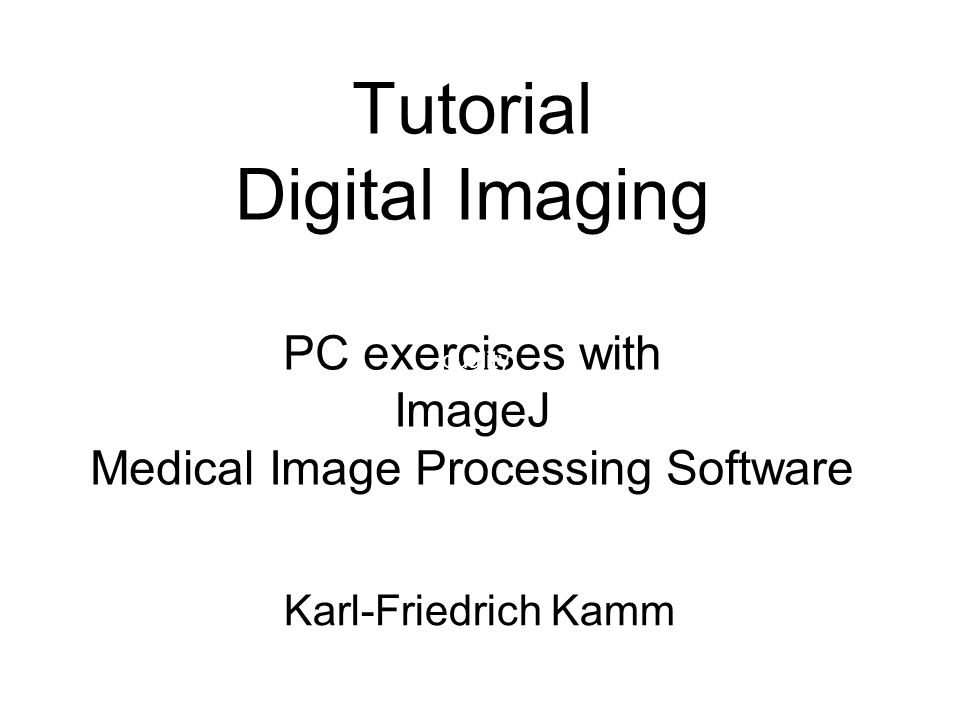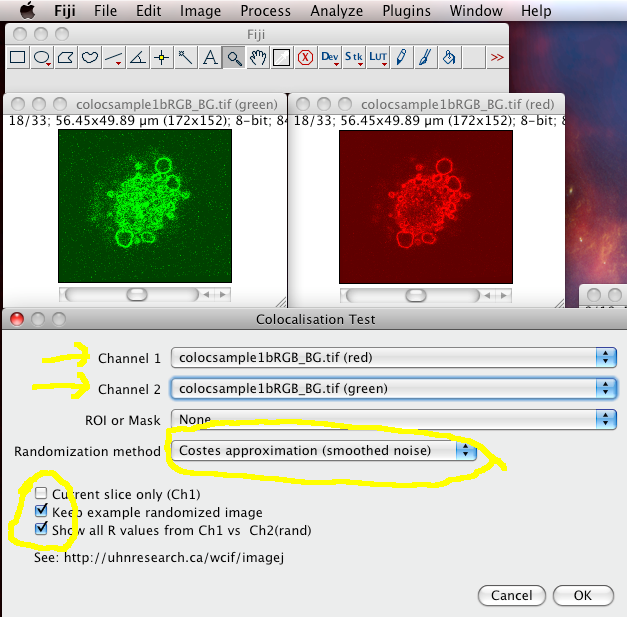

At this point we shall configure eclipse to use it in combination with ImageJ. With that in mind, you might also consider becoming familiar with some alternatives as well, such as: ImageJ2 and Icy, which are designed to handle a very wide range of applications. Nevertheless, the range of flexible and powerful open source software and resources for bioimage analysis continues to grow. To start, we shall only use the Package explorer tag (where we see our plugins tree) and the central window (where we write our plugins). This book is based primarily on the Wayne Rasband’s fantastic ImageJ. As we perform more complex tasks, the reader will become more familiar to this text editor. Although, this is not required for this tutorial. Instead, he/she is incouraged to use the inbuilt tutorials to get familiar with its properties. The reader should not get discouraged by these extreme capacities. Users should be aware that eclipse is extremely flexible and each person has a different design.

Nowadays, it can be use to write in C or fortran. © 2015 American Society for Parenteral and Enteral Nutrition.Before going to Eclipse, we shall move all the subfolders in “C:\Program Files\ImageJ\plugins” to a temporary folder as we want to distinguish between our own Plugins and the “default plugins” ImageJ provides.Įclipse is a powerful text editor, which is well known for its application in Java coding.
#IMAGEJ SOFTWARE TUTORIAL FREE#
Multiple software options are available, but this tutorial uses ImageJ, a free public-domain software developed by the National Institutes of Health.Ībdominal circumference computed tomography sarcopenia skeletal muscle. Recommended Browser for ImageJ Browser Version Internet Explorer 5+ Google Chrome 3 Mozilla Firefox 3 Opera 4.x Safari 4.x B. This tutorial presents a systematic, step-by-step guide to quickly quantify abdominal circumference as a proxy for WC and SM using a cross-sectional CT image from a regional diagnostic CT scan for clinical identification of sarcopenia. Lack of time, training, and expense are potential barriers that prevent clinicians from fully embracing this technique. However, despite the availability and precision of SM data from CT scans and the relationship between these measurements and clinical outcomes, they have not become a routine component of clinical nutrition assessment. A single dimensional definition of sarcopenia using CT images that includes only assessment of low whole-body SM has been validated in clinical populations and significantly associated with negative outcomes. Sarcopenia refers to the age-associated decreased in muscle mass and function. The valid correlation between a single cross-sectional CT image (slice) at third lumbar (元) for abdominal SM and whole-body SM is also well established.

A supine abdominal circumference is a valid measure of waist circumference (WC).

The Fiji project is driven by a strong desire to improve the tools available for life sciences to process and analyze data. Fiji is an open source project, so everybody is welcome to contribute with plugins, patches, bug reports, tutorials, documentation, and artwork. CT scans are commonly performed for diagnostic purposes in clinical settings, and methods for estimating abdominal circumference and whole-body SM mass from them have been reported. Like ImageJ itself, Fiji is an open source project hosted on GitHub. Diagnostic computed tomography (CT) scans provide numerous opportunities for body composition analysis, including quantification of abdominal circumference, abdominal adipose tissues (subcutaneous, visceral, and intermuscular), and skeletal muscle (SM).


 0 kommentar(er)
0 kommentar(er)
